Introduction to Tawaf
Tawaf is a sacred ritual at the heart of Islam and is considered one of the most important practices in the Islamic faith. Muslims perform it during the Hajj and Umrah pilgrimages in Mecca. Tawaf is an act of devotion that brings Muslims closer to Allah (SWT) and demonstrates the unity of Allah’s (SWT) believers and servants worldwide. Who visit His home as an act of religious practice.
Tawaf originated in the era of Hazrat Ibrahim (AS) and his son Hazrat Isma’il (AS), who built the Kaaba with Allah’s (SWT) guidance. The Kaaba is the holiest structure at the heart of the Grand Mosque in Mecca. Tawaf is a spiritual journey that allows us to connect with our great heritage and strengthen our bond with Allah (SWT).
For more information, please read our blog, The Historical Significance of Hajj in Islam.
The Meaning and Spirit of Tawaf
Tawaf comes from the Arabic word “Tauf,” which means to circle or go around something. In Islam, Tawaf refers to the ritual of circling the Holy Kaaba seven times in an anti-clockwise direction.
During Tawaf, it is not compulsory to complete seven circles without interruption. If your Tawaf is interrupted for a valid reason (e.g., wudu, Health Concerns, etc.), you can pick up where you left off. You don’t need to start the entire Tawaf again.
In this regard, Allah Almighty says in the Quran;

“And [mention] when We made the House a place of return for the people and [a place of] security. And take, [O believers], from the standing place of Abraham a place of prayer. We charged Abraham and Ishmael, [saying], “Purify My House for those who perform Tawaf and those who are staying [there] for worship and those who bow and prostrate [in prayer].” [Surah Baqarah Ayat 125]
This Quranic verse highlights the importance of Tawaf as a form of worship and spiritual purification and the holiness of the Kaaba.
Pilgrims recite supplications based on the Sunnah of Hazrat Muhammad (SAW) during Tawaf. This act is a physical demonstration of devotion to Allah (SWT). Discover the most essential supplications (Duas) for Hajj and Umrah to guide you spiritually during your journey. Check out our blog post on Essential Dua for Hajj and Umrah.
The Different Types of Tawaf
There are various types of Tawaf, each with its own significance and rituals. These types can deepen our understanding of Islamic worship. Let’s explore some of the different types of Tawaf:
Tawaf al-Qudum (Tawaf of Arrival)
This type of Tawaf is performed upon arriving in Mecca for Hajj. It’s an expression of respect and affection as pilgrims approach the blessed boundaries of the Kaaba. Tawaf Al-Qudum is the initial greeting Tawaf gives any Muslim who decides to perform Hajj Al Qiraan or Hajj Al-Ifraad.
Narrated by Hazrat Urwa (RA):
Hazrat Aisha (RA) said,
“The first thing the Prophet (SAW) did on reaching Mecca, was the ablution and then he performed Tawaf of the Kaba and that was not Umra (alone), (but Hajj-al-Qiran).
Hazrat Urwa (RA) added:
(Sahih al-Bukhari 1614, 1615)“Later Abu Bakr and Umar did the same in their Hajj.” And I performed the Hajj with my father Az- Zubair, and the first thing he did was Tawaf of the Kaba. Later I saw the Muhajirin (Emigrants) and the Ansar doing the same. My mother (Asma’) told me that she, her sister (Aisha ra), Az-Zubair and such and such persons assumed Ihram for Umra, and after they passed their hands over the Black Stone Corner (of the Kaba) they finished the Ihram. (i.e. After doing Tawaf of the Kaba and Sai between Safa-Marwa.)
This narration emphasizes the importance of Tawaf al-Qudum as the first act performed upon arrival in Mecca for Hajj.
For more information, visit our blog Sa’ee Between Safa and Marwah: A Pillar of Hajj and Umrah.
Tawaf al-Ziyara (Tawaf of Visitation)
Tawaf al-Ziyarah, also known as Tawaf al-Ifadha, is an important act performed during the Hajj pilgrimage. It occurs on the 10th of Dhu al-Hijjah, along with Eid al-Adha, after pilgrims have completed the ritual of standing at Arafat.
If you’re looking for more information on Tawaf, please visit our blog post linked below:
Tawaf al-Wada
Tawaf al-Wada, also known as the Farewell Tawaf, is the last Tawaf performed by pilgrims before leaving Mecca. This act is of great spiritual importance as it signifies the end of the Hajj pilgrimage and symbolizes the pilgrim’s farewell to the sacred city and the Kaaba.
Hazrat Ibn Abbas (RA) Narrated that:
The people were ordered to perform the Tawaf of the Kaaba (Tawaf–al–Wada) as the last thing before leaving (Mecca), except for the menstruating women who were excused.
Sahih al-Bukhari 1755
This hadith highlights the significance of performing Farewell Tawaf before leaving Mecca.
Tawaf al-Nafl
We can perform Tawaf al-Nafl beyond the obligatory rituals associated with Hajj and Umrah. It can be performed at any time and for various reasons, such as seeking blessings, making supplications, or expressing gratitude to Allah (SWT).
We provide a comprehensive guide to Nawafil prayers in Islam. Read for more information about Voluntary Prayer.
Tawaf Al-Umrah
Tawaf Al-Umrah is a ritual performed during the shorter pilgrimage known as Umrah. Umrah is a non-mandatory pilgrimage that can be undertaken at any time of the year, unlike Hajj, which has specific dates according to the Islamic lunar calendar.
Tawaf Al-Umrah involves circumambulating the Kaaba, the sacred structure in the center of the Masjid al-Haram. After Tawaf al-Umrah, pilgrims pray two rakats prayer, and then they move on to another part of Umrah called Sa’i.
For more information about Umrah and how to perform it, see this blog post: What is Umrah in Islam?
Each type of Tawaf has spiritual significance and serves as a means of connecting with Allah (SWT) and expressing devotion and reverence toward Him.
The other types of Tawaf we discuss in Tawaf al-Ifadah and Tawaf al-Wada: Concluding the Hajj.
The Procedure for Performing Tawaf
Performing Tawaf, the ritual of circulating the Kaaba, is a deeply significant act of worship.
- Before heading to Masjid Al-Haram, it is important to perform ablutions, including wudhu, and clean oneself of all major and minor impurities.
- To begin the Umrah or Hajj, you must Enter the state of Ihram at one of the Meeqats. This involves wearing the Ihram clothing and making the niyat for Umrah or Hajj.
- Once the pilgrim has entered the Mataaf, the area where pilgrims perform Tawaf in Makkah, they should perform Niyat (intention) in front of Hajre-Aswad.
It is the Sunnah of Prophet Muhammad (PBUH) that you can recite this dua while walking between the Rukn Yamani and the Hajr al-Aswad during Tawaf:

It is clear from the translation that we seek Allah’s (SWT) blessings in both this world and the Hereafter while also seeking protection from the Hellfire.
- This black stone, located in the eastern corner of Kabbah, was sent from heaven to Hazrat Ibrahim (AS) while he was building it.
- After performing the Niyat, pilgrims should face Hajre-Aswad, recite Takbir (Allahu-Akbar), and kiss the stone.
- The pilgrim should start walking anti-clockwise around the Kabbah, completing seven rounds.
- After completing the seven circles, pilgrims should perform two Rakat of prayer behind the Maqam Ibrahim.
- After that, they must drink water from the Zamzam water while reciting the dua.
Following these steps, you can perform Tawaf with sincerity, reverence, and devotion, seeking closeness to Allah (SWT) and fulfilling this act of worship.
Key Rules of Tawaf
The following are the key rules that should be followed during Tawaf:
- Keep the Kaaba on your left side while performing Tawaf. This is a fundamental rule of Tawaf.
- It is prohibited to talk excessively, engage in worldly matters, or in any act that may invalidate the Tawaf.
- Men should keep their right shoulder uncovered during Tawaf, known as Idtiba, as a sign of humility and submission.
- It is important to observe proper etiquette during Tawaf, such as avoiding pushing or shoving other pilgrims. Additionally, maintaining a respectful distance from the Kaaba is crucial.
- Pilgrims are recommended to kiss or touch the Black Stone at the start and end of each circle, but they can point towards it if this is not possible.
- During Tawaf, pilgrims should recite specific duas or prayers.
- To enhance the spiritual experience, engage in voluntary acts of worship, such as reciting Quranic verses or making additional supplications, during Tawaf.
Observing these key rules during Tawaf is important to ensure that the ritual is performed correctly and by Islamic teachings.
Duas and Supplications during Tawaf
During Tawaf, you may recite various Du’as (supplications) to seek blessings, guidance, and forgiveness.

“Glory be to Allah Almighty, and praise be to Allah, and there is no god but Allah, and Allah is the Greatest, and there is no power nor might except with Allah.”
Special Circumstances Related to Tawaf
Alternative procedures can be followed to accommodate such special circumstances.
Adaptations for Pilgrims with Disabilities
If pilgrims cannot walk, they may perform Tawaf while seated in a wheelchair or on a stretcher and be pushed or carried around the Kaaba.
Similarly, if a pilgrim is temporarily unable to perform Tawaf due to illness, they may be allowed to delay the ritual until they have recovered. In cases where a pilgrim is permanently disabled and cannot perform Tawaf, they may be exempted from the ritual altogether.
Performing Tawaf on Behalf of Others
It is not permissible to perform Umrah or Hajj on behalf of a living person. However, Tawaf is considered acceptable for a living individual. Conversely, there is unity among scholars regarding the permissibility of performing Umrah or Hajj, including Tawaf, for the “isal-e-sawab” (sending reward) of a deceased person.
Wearing Shoes
It is permissible to perform Tawaf in clean shoes. The Sunnah requires one to pray in shoes sometimes. If prayer in shoes is valid, then it is even more likely that performing Tawaf and sa’i in shoes is also valid.
Frequently Asked Questions (FAQs)
In the state of Ihram, a sacred state entered into by pilgrims during the Hajj or Umrah, it is forbidden for men to cover their feet. They may not wear socks or any other footwear covering the ankles. On the other hand, it is permissible for women to wear socks during Tawaf, regardless of whether they are in the state of Ihram.
Yes, Tawaf can be performed outside of Hajj and Umra because It is a sunnah worship that can be performed at any time to get closer to Allah (SWT).
Some scholars believe that Tawaf can be performed without Ihram if it is not for Umrah or Hajj, and one is simply visiting the Kaaba. However, other scholars maintain that entering Haram’s boundaries for Tawaf requires being in the state of Ihram. Failing to do so may necessitate certain corrective actions. It is important to consult with a knowledgeable scholar.
Conclusion
Tawaf isn’t just a ritual; it’s a spiritual journey that surpasses the mere act of circling the Kaaba. It’s a moment for us to delve inward, seeking Allah’s (SWT) forgiveness, guidance, and blessings. It’s a time for reflecting on our life’s path and recommitting ourselves to living in harmony with the teachings of Islam. As we ponder the significance of Tawaf, let’s remember that its essence isn’t confined to the physical rituals alone. It also extends to the intentions and sincerity behind them. May the experience of Tawaf inspire you to lead lives of purity, compassion, and gratitude. It brings us closer to our Creator and one another.
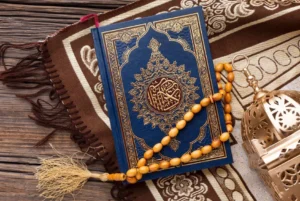




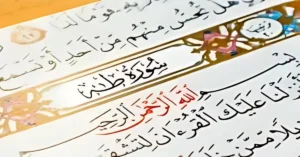
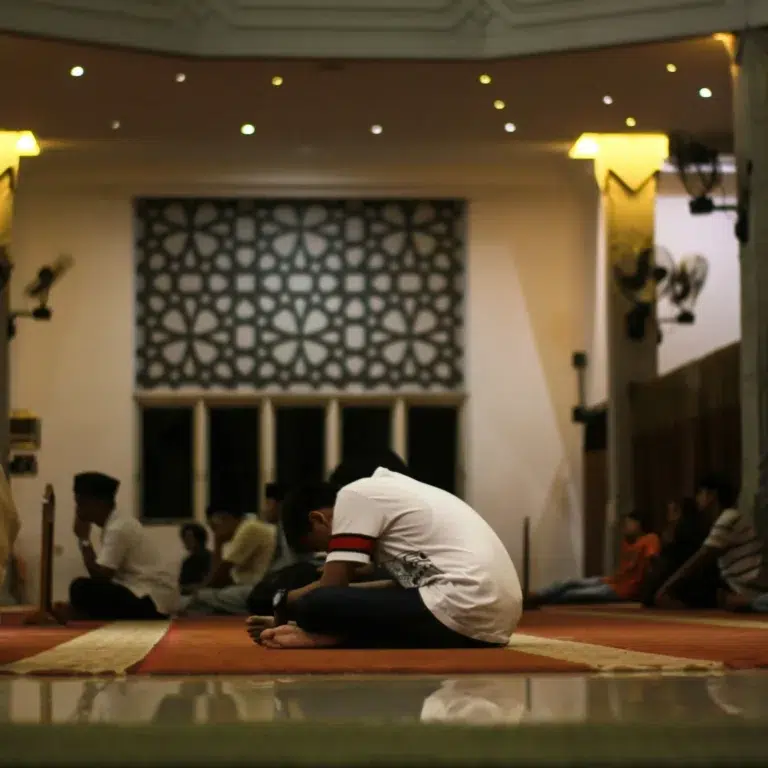
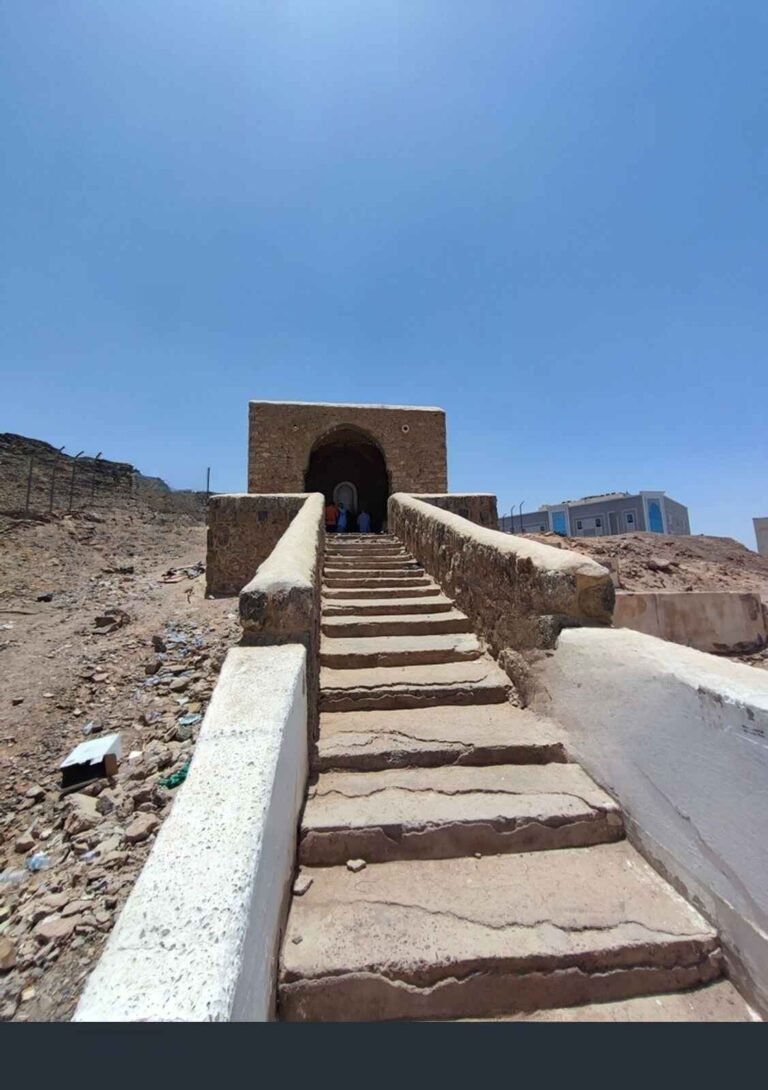
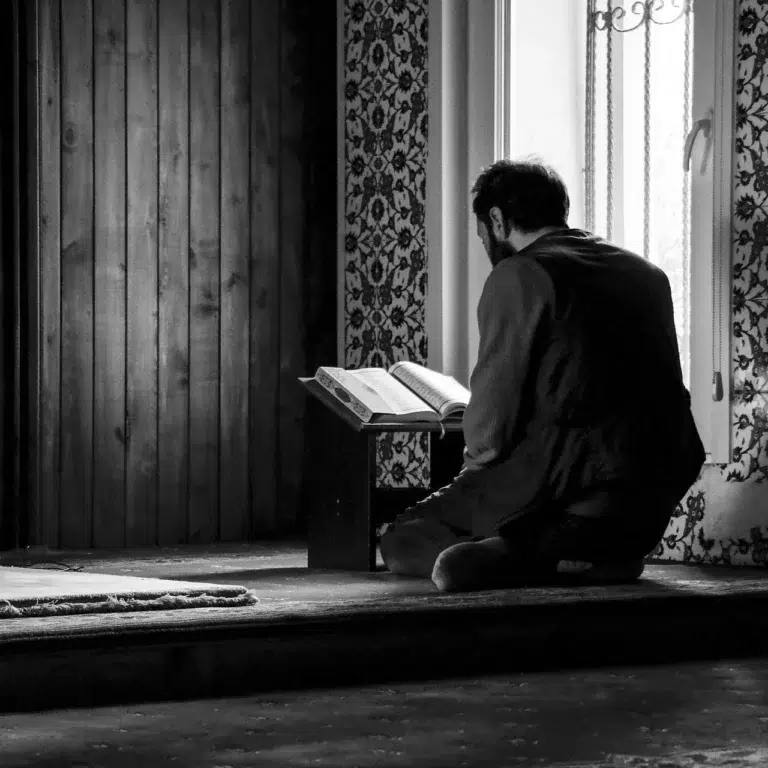
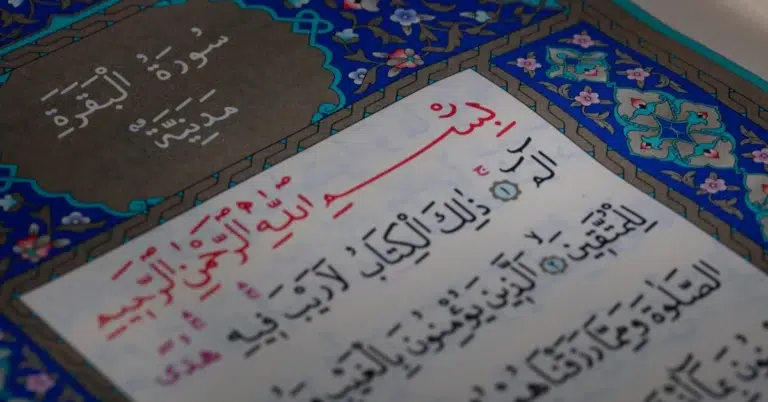
Why Tawaf is done in anti-clockwise. There must be some significance. Request to please enlighten me. Jazak Allah Khair
Is it necessary to perform 7 rounds of Tawaf in a single go?
What makes tawaf invalid?